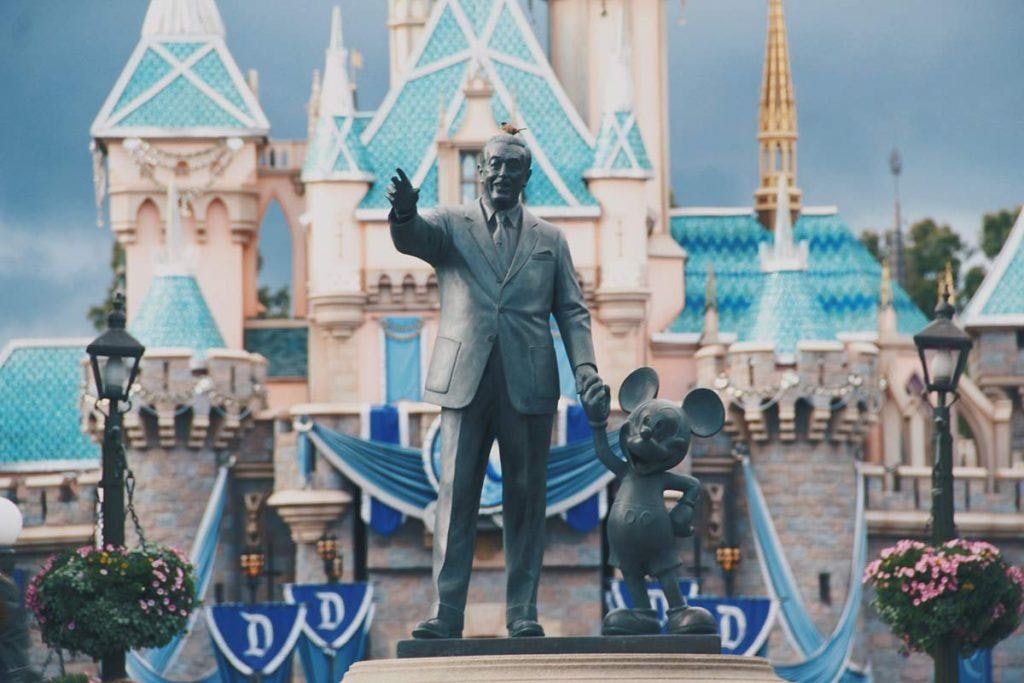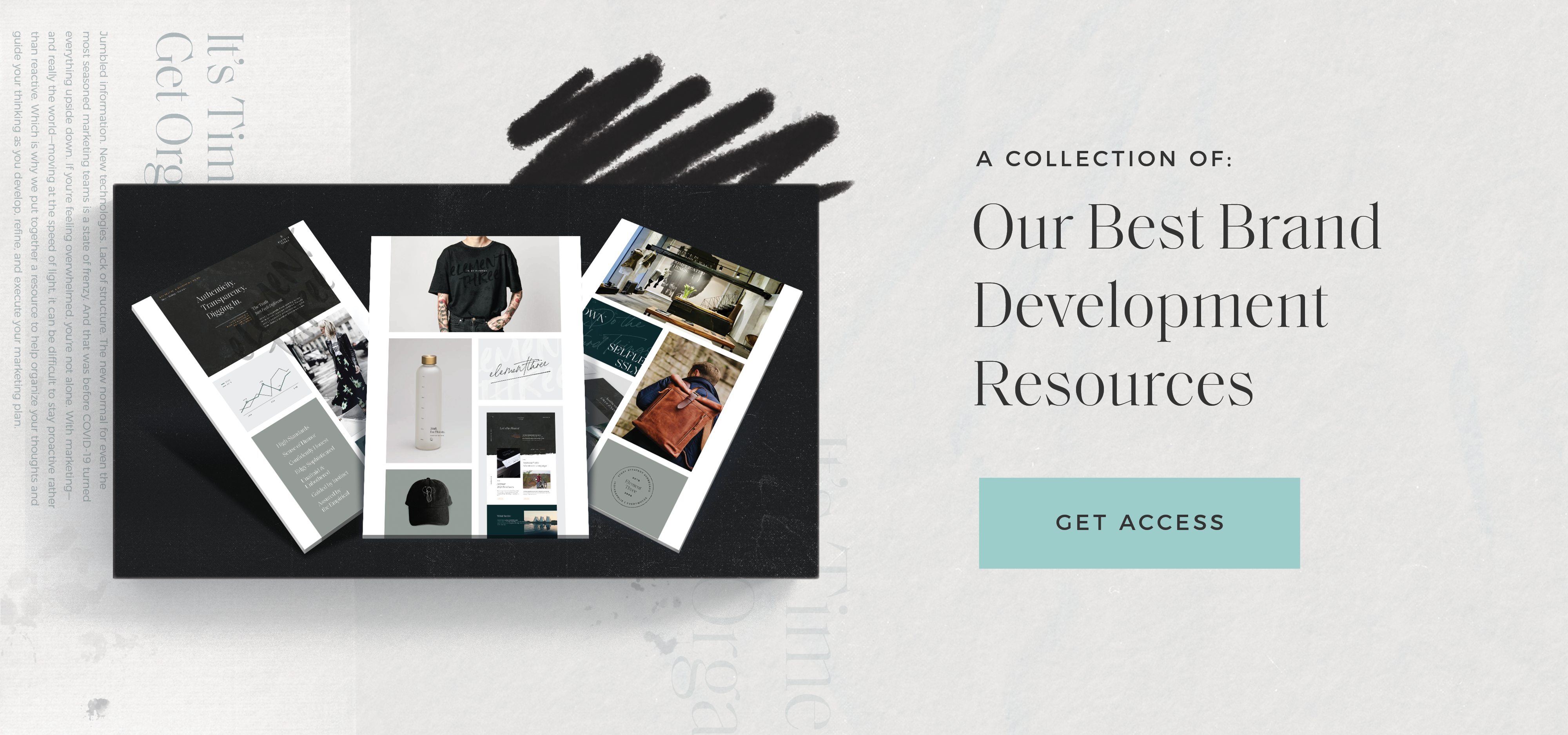We all aspire to expand our organizations and grow them quickly. But as businesses grow, all of the moving parts become more difficult to control. This is definitely the case for your brand, too.
As your business grows and time passes, your employees and operations get further and further removed from the process and team responsible for originally creating your brand identity. The consequence is that your brand—once strong and focused—becomes more susceptible to dilution, and both you and your audience can lose sight of why it existed in the first place.
To ensure a future for your brand, you need a sound plan for building a brand strategy that takes brand stewardship and individual stewards into account. But what is brand stewardship, and how can it be fostered by your organization? Let’s dive in.
Brand Stewardship in the Past
In the past, brand stewardship was typically led by a small group within a company. This group was responsible for the brand and was held accountable for its long-term success.
As with many titles, the actual job was less exciting than the description or official definition—they pretty much made sure logos were used correctly and that any advertisements matched the brand’s overall tone. It was up to these brand stewards to ensure everything produced by the company met the brand’s standards to create a consistent experience for customers.
Brand Stewardship Today
Fast forward to today and brand stewardship gets a little trickier. The first big difference is that brand stewardship no longer belongs to a small group within the company, but to every single employee. It’s the whole organization, from warehouse specialists to the CEO. Additionally, brand stewardship is an emotionally intelligent methodology that considers all aspects of the brand. The way we think about brands now is a lot more complicated than it used to be. It goes beyond the tagline, logos, and fonts and dives deep into who your brand is, what it does, and why it exists. It’s the soul of your business.
Because brand is extremely important to the success of your business, the biggest, most powerful and influential brands today are looking at stewardship as more than an internal system. They see it as an opportunity to drive revenue and solidify their brand’s future.
To make this more concrete, let’s look at a few of the most successful examples of brand stewardship in the world today.
Disney: Creating Magic at Every Touchpoint
Disney’s brand promises two things—that they will create magic and provide entertainment with heart. Every store, theme park, toy, show, movie, and employee embodies these ideas. Because they’ve been able to fully align their brand, what they believe matches their communications and how their customers feel about them.
And it works. Walk your child through Disney World, and both of you may truly believe that this could, in fact, be the happiest place on Earth. From the people who work in the park to the souvenir shop displays, everything is consistent with Disney’s brand and their greater mission, strategy, and promise to their customers.
Apple: Inspiring Creativity and Innovation
Everything about Apple’s brand suggests the future. The clean design and simple interface of their products bring to mind the impossibly efficient technology of your favorite science fiction world—honestly, every time I use my iPad I kind of feel like I belong on the starship Enterprise. It’s not just that kind of future, though. Everything Apple does is infused with the spirit of moving forward. Thinking differently. Bucking the status quo. Creating new things.
And again, it works. If you walk into the home office of almost any Element Three employee, you’re going to see a lot of Apple products. That’s partly because of their functionality, of course, but it’s also because they cultivate a feeling that anything is possible. And when you want to make something that’s never been made, whether it’s art or business or marketing, inspiration is key.
Totino’s: Youthful Anarchy
If you went to college, there’s a good chance you’re already acquainted with Totino’s pizza products. I, for one, ate my approximate weight in pizza rolls when I was in school. And as you might guess from a brand that caters mostly to young people, they’re very careful about how they present themselves—and who represents them.
The brand’s first real splash on the scene came in 2014, when they brought in surrealist comedy duo Tim & Eric (Heidecker and Wareheim, respectively) to produce an ad for Totino’s. The result was vintage Tim & Eric—baffling to anyone not in on the joke, but oddly perfect for fans of their work. The next year Totino’s took a similar approach to a foray into podcast advertising, sponsoring an episode of Maximum Fun’s My Brother, My Brother and Me in which the McElroy brothers pivoted the show to “The McElroy Family Fun Hour Brought to You by Totino’s.” Instead of their usual fare—mixing advice for listeners with the wilder side of Yahoo Answers—they only answered questions about pizza, in an imitation of old-time radio shows.
In both cases, Totino’s gave the power to the creator to do basically whatever they wanted, and in both cases the brand ambassador produced something that was uniquely their own style. But by choosing partners whose style syncs well with the audience Totino’s is targeting, they had the freedom to let creators do what they want without having to worry that the final product wouldn’t be on-brand for them.
Implementing the Brand Stewardship Process
So now that we’ve looked at the results of good brand stewardship, how do you get there? How can one be sure you’re steering your brand in the right direction and protecting it from missteps? Here are the four main things you need to be thinking about.
It Starts with Leadership
Any rebranding, repositioning, or re-evaluating of your brand starts from the top. If your leadership team doesn’t have a clear view of who your brand is, you’ll need them to figure it out before you can even think about the brand stewardship process. Be patient—between competitive research and market analysis this process can take some time. But it’s important to get it right. Find your edge, the thing that makes your business unique. Then lean in.
Develop a Strategy
Once you have a good understanding of your brand, match your business goals to a plan that’s not only able to stand the test of time, but also resonates with your employees and customers. This can be done internally, or with an outside consultant. But it’s a necessity—you have to have a plan in place to ensure you’re steering your brand down the right path. You wouldn’t leave for a road trip without some idea of where you’re going, so don’t try to take your brand out for a spin without a roadmap in mind.
Provide Encouragement and Accountability
Brand stewardship is hard work, especially when the brand is growing rapidly. And even though protecting the future of your brand is a team effort, it’s important to identify brand captains who are responsible for evaluating the totality of how your brand is being shepherded. Think of these positions as the “brand doctors” that provide occasional check-ups and keep teams responsible for maintaining the integrity of your brand. And be sure they’re supported, not just hung out to dry. They’re doing important work—when they find success, give them the recognition they deserve.
Inside and Out
Your brand isn’t just about appealing to potential customers. Or, rather, you can’t think of your audience as simply people who might buy your product or service. It’s also people who are looking for work in your industry, the top talent you’re trying to attract to your team. And it’s the people you’ve already brought onboard, whose lives your brand should be enriching both financially and otherwise.
Your employer brand is at least as important as your external brand when it comes to the success of your business. It’s a critical part of bringing in new talent and making it worth their while to stay. And it’s more than just cool t-shirts—although cool t-shirts help—it’s a holistic strategy that doesn’t just make your business more attractive, it actually makes it a better place to work.
Act Now to Steer Your Brand to Future Success through Brand Stewardship
Brand is too important to neglect. On one hand, it’s great because it can separate you from the pack. On the other, it doesn’t take much for your brand to slowly lose its edge. That’s why stewardship isn’t just a luxury.
If you have a great brand, cherish it, protect it, and solidify its future through brand stewardship and brand stewards. And if your brand isn’t as strong, building a strong stewardship plan can help steer it into calmer waters. Either way, you can’t simply sit on your hands. Thinking about your brand’s future now is the only way to ensure it has a future at all.








